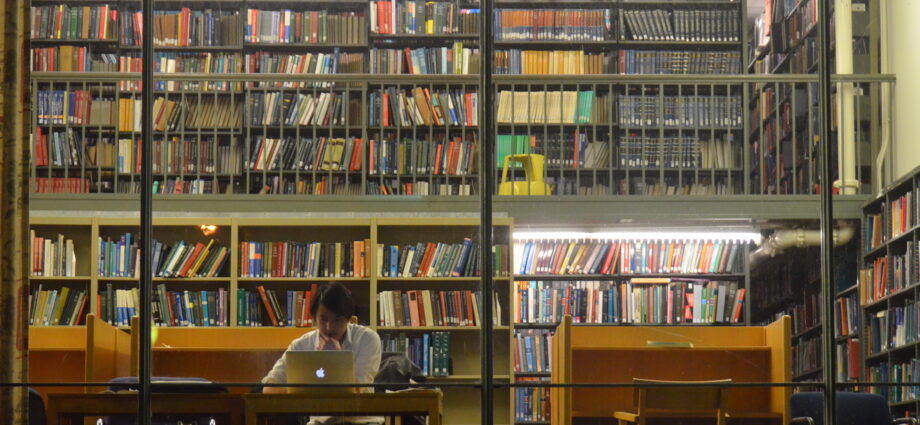
By Toong Tjiek Liauw, Associate professor in the Department of Industrial Engineering of Petra Christian University Surabaya Indonesia
January 16, 2023
Prestige drove Indonesian universities to open their research to the world. Now they need to tidy their files.
When it comes to sharing research, Indonesia is a world leader. Around the world, university scholars share their research thoughts and findings via scholarly journals. But sharing this information has been constrained by paywalls erected by commercial publishers. Even well-funded institutions — such as Harvard — struggle to afford the subscription costs to scientific journals.
Open access is a movement that arose in response. It strives to make scholarly content freely accessible to scholars and the public.
Indonesia has been ranked second in the global open access dashboard by the Curtin Open Knowledge Initiative. However the reasons for such world-leading open access in Indonesia are not the same as for developed countries.
Where the rich world has responded to exorbitant subscription fees, Indonesia has opened access to research as a way of building reputation and prestige.
Prior to the open access movement and the proliferation of the internet, almost all Indonesian higher education institutions made thesis and dissertation collections closed, accessible only with certain permissions. A student would need a permission letter from an academic department head to be able to access or read the collection. Students were not allowed to make copies of the collection. This was the time when smartphones with cameras were still non-existent. The only way students could make copies was by taking notes manually. Using copier machines was only possible with yet another permission letter from the academic department’s head or even the dean.
But the need to save physical space in libraries led to some institutions digitising their thesis and dissertation collections. Increased availability of institutional repository software in early 2000 also paved a way. Digitisation of these collections then opened the ‘floodgates’ of access.
This trend, however, hasn’t been without resistance from the Indonesian higher education communities. The resistance was mainly due to the fear of increased plagiarism facilitated by digitisation and lack of confidence over the quality of the resources, which mostly are undergraduate theses.
Interestingly enough the resistance seemed to disappear when the Indonesian Director General of Higher Education in 2006 started to publish the Webometrics rankings for Indonesian higher education institutional repositories. To improve their ranking, institutions need to demonstrate the quantity and quality of their digital repositories.
It seems that many Indonesian higher education institutions saw an opportunity to increase their institutional prestige by increasing the quantity of documents available in their institutional repositories, thereby increasing their visibility in the eye of the directorate. Indonesian higher education institutions have a large number of undergraduate students who are required to produce theses at the end of their degree. Electronic theses and dissertations were a readily available resource to populate the institutional repositories.
But the competition to populate institutional repositories has had some unintended side effects. The lack of selection process and quality control for the scholarly resources uploaded to the institutional repositories had led to some unhelpful material making it way into them: documents with supervisor’s comments still visible; documents that were compressed or password protected; documents that were uploaded as multiple image files; documents that were available only partially; and so on. Another peculiar phenomenon is documents relating to the internal management of the institutions.
![Sony PlayStation Store 110 - Sony, [Digital]](https://i0.wp.com/i5.walmartimages.com/asr/5d3e8d52-3525-4e75-b862-10394c67a31c.c3f21de9f6a2f65537248191772f43b3.png?w=1380&ssl=1)
In quite a number of institutional repositories, the scholarly works themselves are absent; only internal reviews of the scholarly works are available. A number of Indonesian higher education institutions appear to be using their institutional repositories as (part of) their institutional information management system.
When quantity trumps quality, the repositories become less effective as a means of disseminating scholarly works.
So while government nudging and institutional competition has filled Indonesia research repositories, good Indonesian research is hard to find amongst the noise and chaos of the files. It’s advisable that Indonesian government puts emphasis on quality over quantity in its reward system toward its higher education sector. Additionally, academic libraries and librarians need to step up their role as the gatekeeper of quality scholarly information from their respective institutions.
Toong Tjiek Liauw or Aditya Nugraha is the director of Excellence in Learning and Teaching Center at Petra Christian University, Surabaya Indonesia. Formerly the head of library, after pursuing degrees in information studies in the US and Australia, He is now an associate professor in the Department of Industrial Engineering of Petra Christian University. He declares he has no conflict of interest and did not receive specific funding.
Subscribe to our newsletter.
Originally published under Creative Commons by 360info™.

